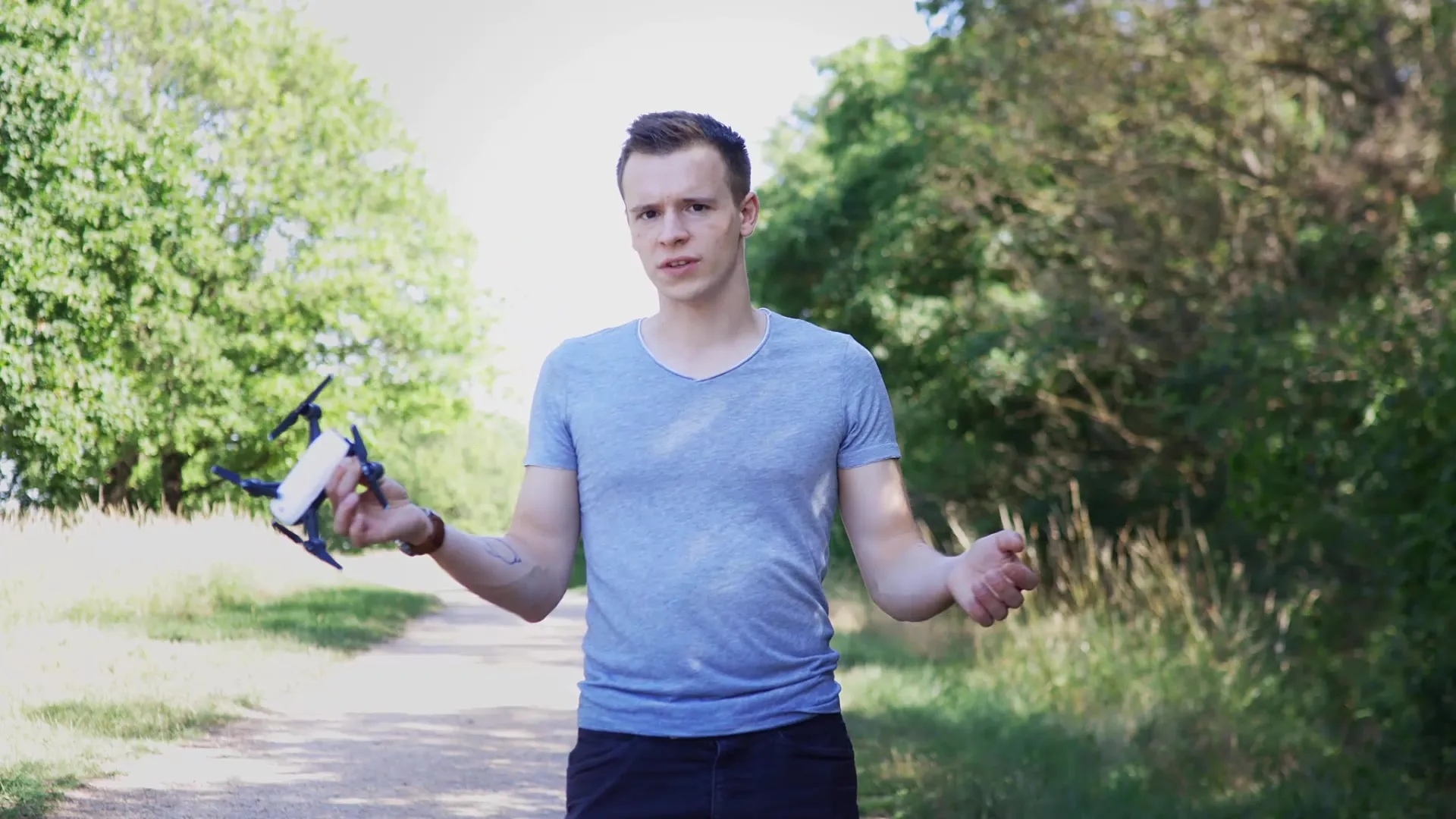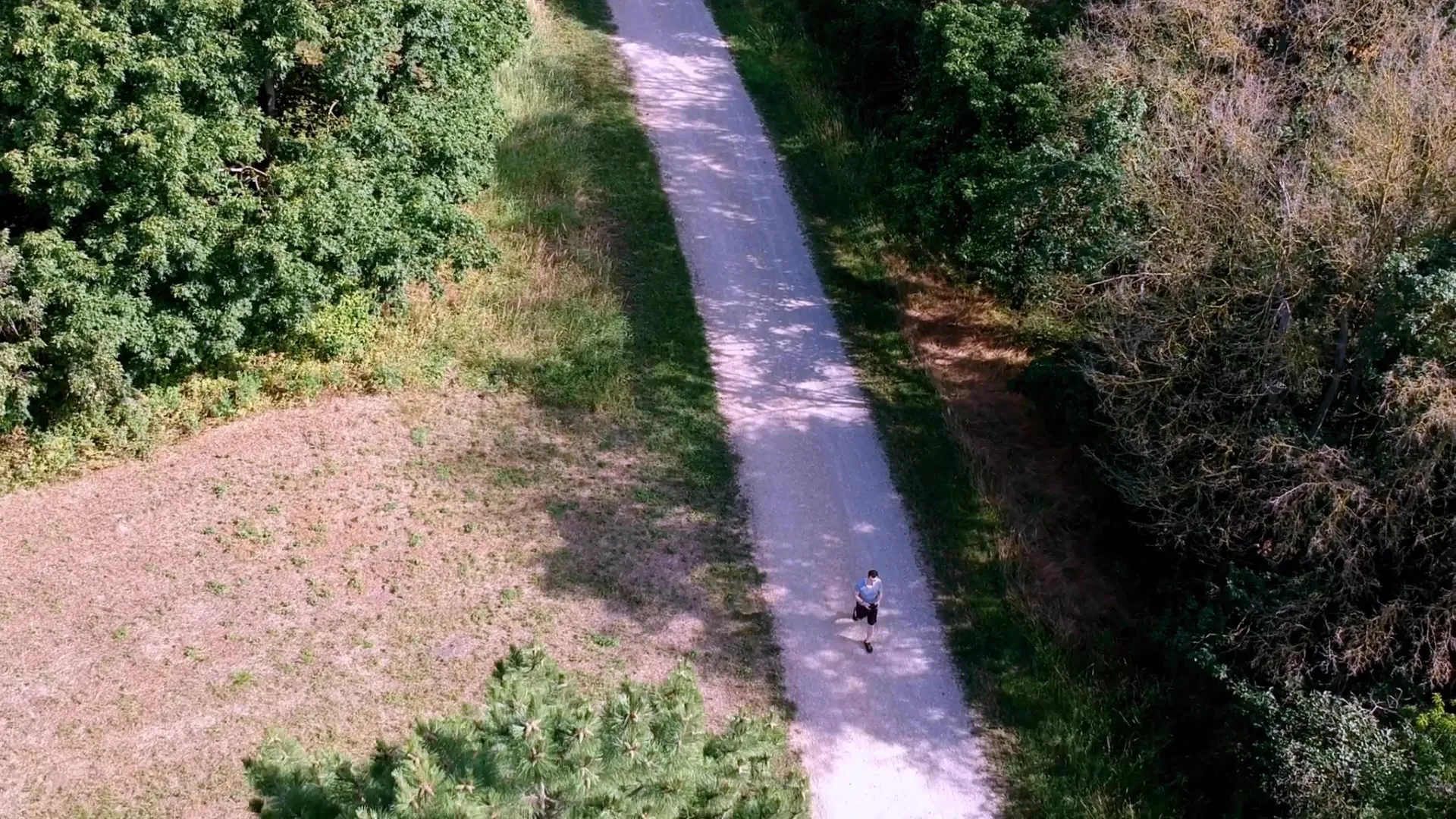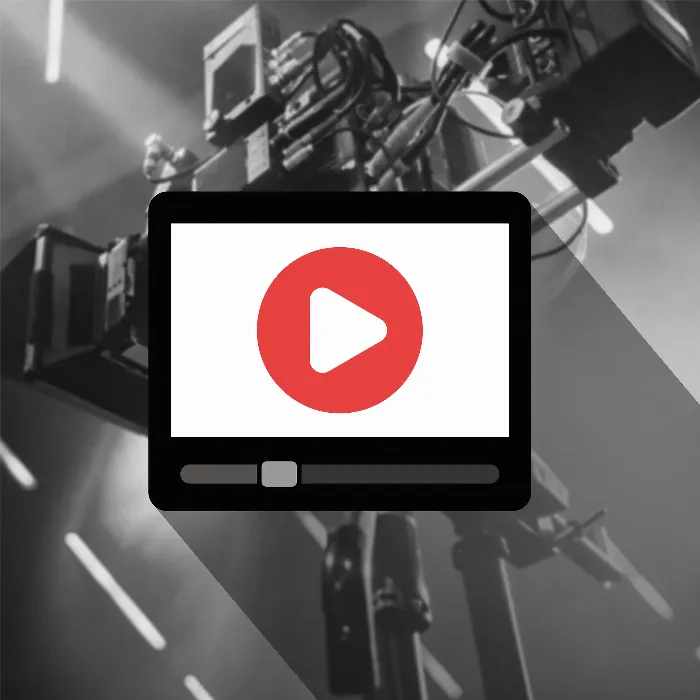Drones open up entirely new perspectives for your video recordings. They are not just a cool gadget, but a powerful tool to create impressive images. However, before you take to the skies, there are important pieces of information to keep in mind. This guide provides you with a comprehensive overview of the key points to consider when using a drone for your video projects.
Key Insights
- The legal regulations for drone flights vary; use apps for verification.
- Safety is the top priority: a spotter can be helpful.
- Plan your recordings in advance to use battery and time efficiently.
- Consider the weather conditions and the limits of your drone camera.
- Practice is key; start in safe environments.
Step-by-Step Guide
Drones are fascinating devices, but it's important that you familiarize yourself with the legal aspects and proper use. Let’s go through the process step by step:
1. Understand the Legal Regulations
Start by informing yourself about the legal regulations for flying drones in your area. In Germany, there are specific guidelines you need to follow, such as not flying over certain infrastructures like railway facilities or airports. It is advisable to download the DFS app (German Air Navigation Services). This app helps you check the radius and altitude you are allowed to fly and indicates why it may not be permitted.

2. Take Safety Precautions
Safety should always be your top priority when flying drones. It is helpful to have someone else keep an eye on the drone while you are making the video recording. This way, you can ensure that the drone is not in danger or putting others at risk. When flying within sight, it's easier to spot problems and react in time.
3. Check the Location
Before you start filming, make sure to check the conditions at the filming location. High winds can be dangerous for your drone and make it uncontrollable. For example, if you want to fly on a beach in Scotland, pay attention to the wind strengths, as strong winds could blow the drone into the water. Plan your recordings accordingly and ensure that there are no natural barriers in the way that could consume your battery life.
4. Plan Flight and Battery Time
Planning your parallels is crucial to effectively use your drone's battery. A typical drone has a flight time of about 15-20 minutes. To get the desired shots in this short time, you should plan your flight path in advance. This reduces the need for multiple flights. Also consider possible obstacles like trees that could hinder the flight and think about how long you want to film.
5. Know the Limitations of Your Camera
Drones typically cannot provide the same high-quality shots as professional cameras. Especially under difficult lighting conditions, such as during sunsets or overcast skies, colors and sharpness can be affected. Factor in the light for your shots and filter accordingly so that the footage matches in the final edited video.
6. Consider Weather Conditions
The weather plays a crucial role when it comes to flying a drone. Light drizzle is usually not a problem, but you should avoid heavy rain or extreme wind, as this can significantly complicate your drone control and potentially damage the drone in serious cases. Before you start, check the weather forecast and adjust your plans accordingly.

7. Film from a New Perspective
Use the flexibility of the drone to film from unexpected perspectives. Drones allow you to capture shots from heights and angles that are not achievable with conventional cameras. This will give your video a fresh and interesting look that will captivate your viewers. Experiment with different angles and always vary heights to stand out from others.

8. Practice Makes Perfect
The most important point when you want to fly a drone is to practice. Start with a beginner mode that allows you a certain height and distance, and choose an open area without obstacles to gain initial experience. You will gradually improve your handling of the drone, and over time, you can attempt more challenging shots and tougher environments.
Summary – Drones in Videography: Tips and Legal Aspects
With the right knowledge and necessary caution, flying a drone can be an exciting and creative way to create unique video footage. Learn about the regulations, secure your area, and always be careful to achieve the best results.
Frequently Asked Questions
What are the legal regulations for flying drones?In Germany, there are specific regulations such as not flying over certain infrastructures and near airports that you must follow.
How important is safety when flying drones?Safety is the top priority; therefore, it's advisable to have a spotter who keeps an eye on the drone.
How do I best plan my drone recordings?Think in advance about what and where you want to film to use the battery efficiently and avoid obstacles.
How do weather conditions affect my flight?Strong wind and rain can be dangerous and should be avoided; check the weather forecast beforehand.
How can I improve the quality of my drone recordings?Drones have limitations; make sure to film in optimal lighting conditions to achieve the best results.


